Initially released in 2010 on the PSP (PlayStation Portable), Metal Gear Solid: Peace Walker is an Action/Infiltration game directed by Hideo Kojima and edited by Konami.
Since then, Peace Walker received an HD lifting and released on the PlayStation 3 and the Xbox 360 as part of the Metal Gear Solid HD Collection. I’ve actually had PSP, PS3, and Xbox 360 versions of the game for years now, but I hadn’t completed it until recently. So, over ten years after, is MGS: Peace Walker still worth your time and money?
—The short version? It is. I’ll elaborate in this review.
Starting with the two things I was most anxious about when launching the game the first time: graphics and gameplay.
Above-average graphics and cutscenes
As mentioned earlier, Peace Walker is a PSP game. And while the PSP was a great portable console, it came with evident 3D limitations (especially when compared to today’s tech). Therefore, I had a lot of reserves before playing Peace Walker.
But it only took a couple of minutes to reassure me.
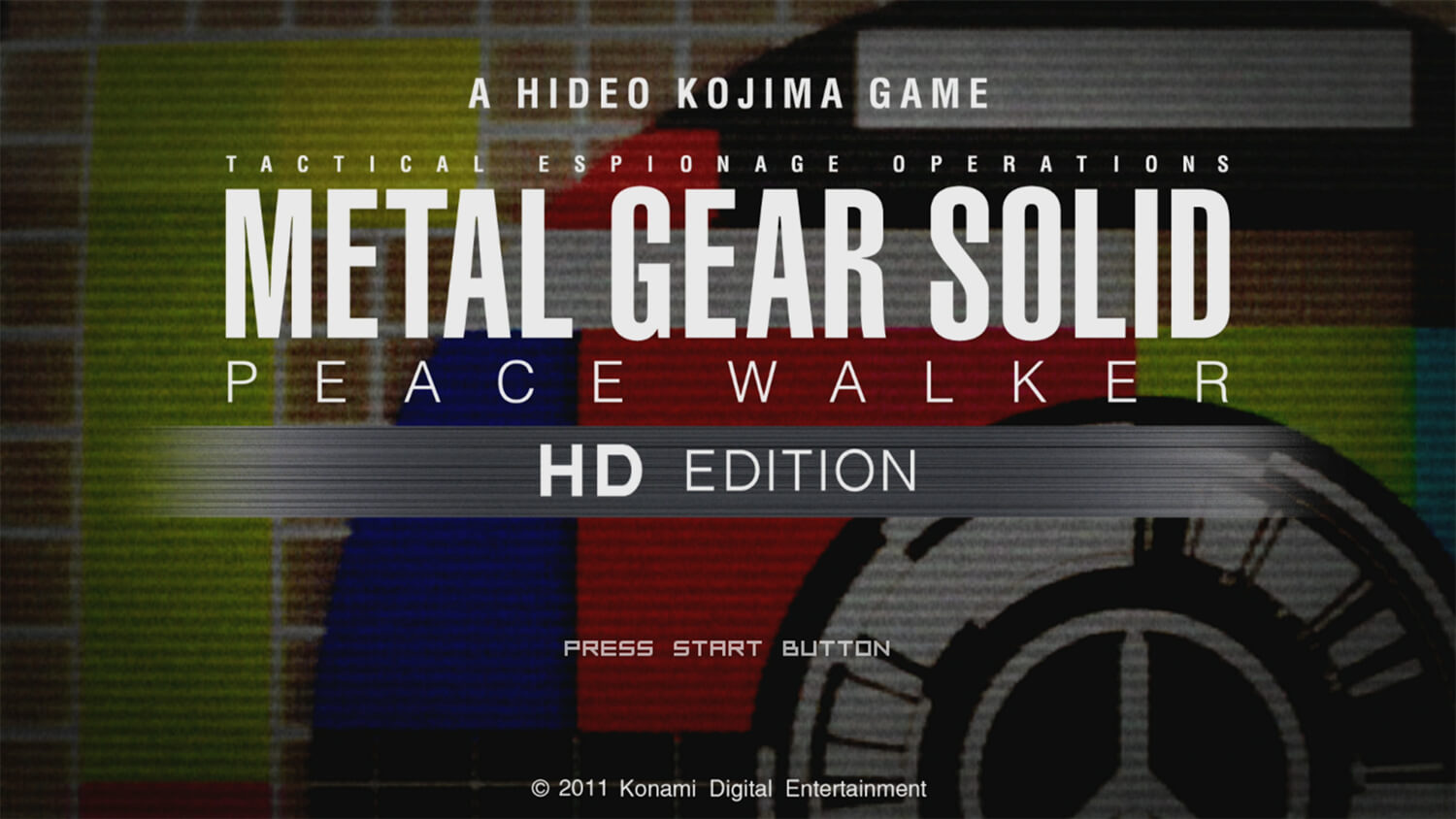
If you’re used to the series, Peace Walker will surely destabilize you at first.
While the PSP was quite a powerful little machine, it wasn’t able to display long and breathtaking in-engine cutscenes. Besides, let’s not forget that a UMD—Sony’s proprietary format for PSP games and movies—could only hold up to 1.8 GB of data.
While there are a couple of short cutscenes here and there using the game’s engine, Kojima’s teams worked on semi-interactive graph novel-like cutscenes to narrate the story of Metal Gear Solid: Peace Walker.
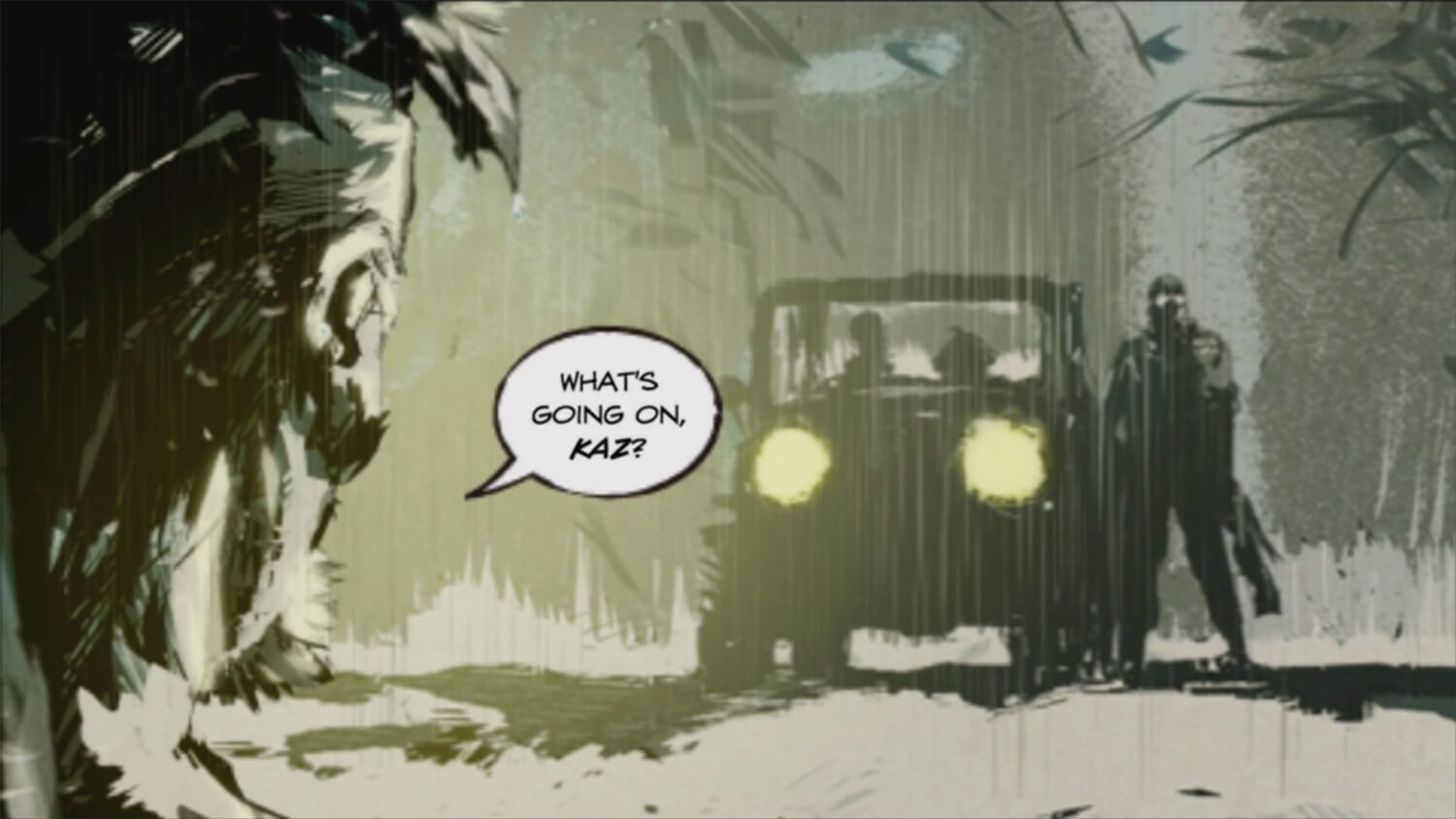
It’s not as impressive as any other MGS game out there, but it doesn’t make the plot less interesting.
An interesting addition to Peace Walker’s cutscenes is the introduction of QTEs. In other words, you’ll have to interact to pass diverse challenges during some of the cutscenes, may it be to take down enemies or chase after them on a horse.
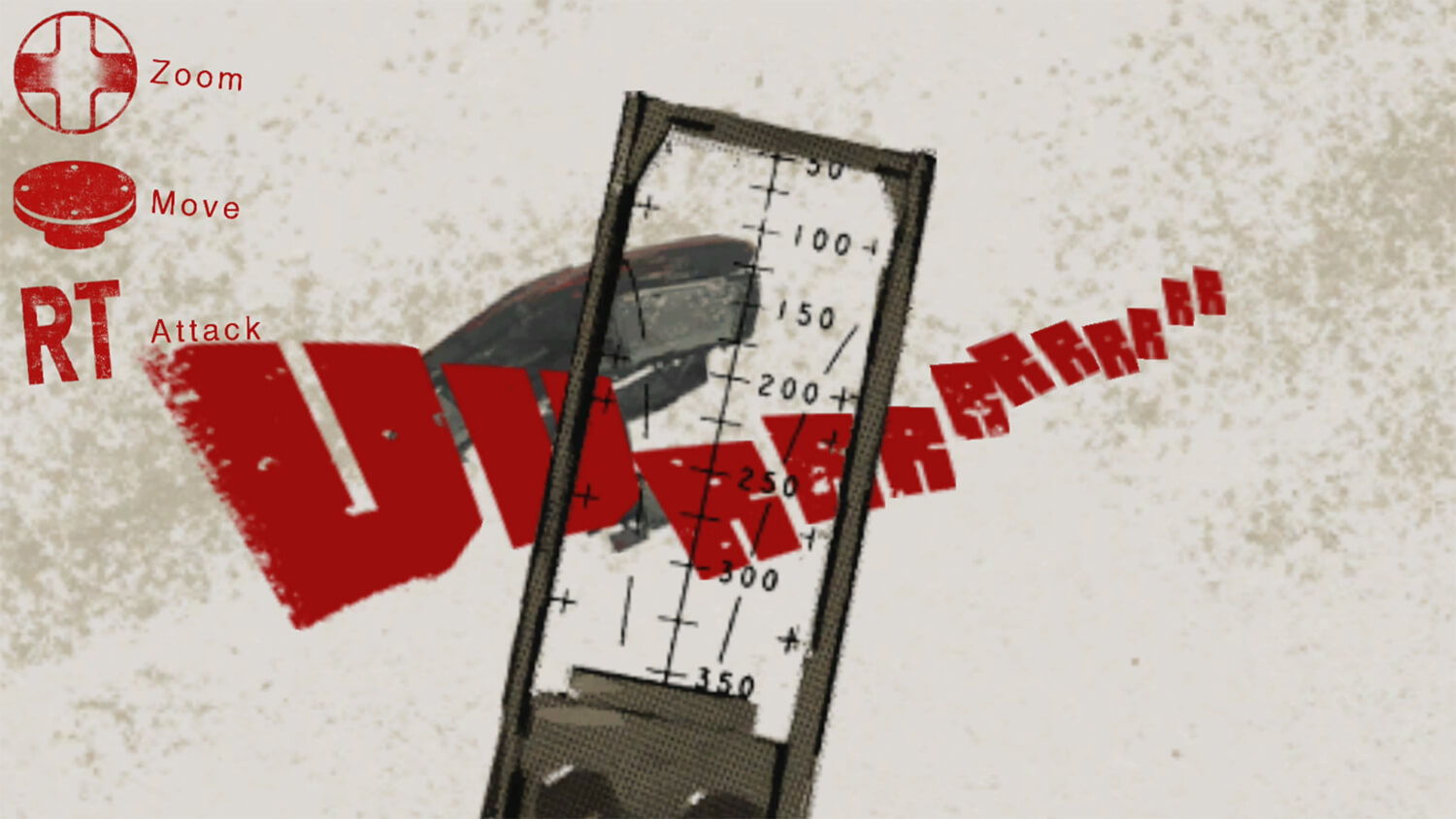
This brings me to tell you about the controls of the title.
A surprising gameplay
Here again, you’ll most likely be surprised, at first.
If you’re an MGS fan, Peace Walker’s controls will come as a surprise to you.

Fortunately, the game opens with a 10-minute tutorial to familiarize you with PW’s controls. A first for the entire Metal Gear Solid series.
Another first is the ability to choose between three types of controls:
- Action: inspired by Metal Gear Solid: Portable Ops controls.
- Shooter: inspired by Metal Gear Solid 4’s third-person shooter gameplay.
- Monster Hunter: greatly inspired by Monster Hunter’s controls.
Worry not; you can switch between those at any time in the options menu.
Kojima’s teams had to deal with the fact that the PSP was missing a right stick, R2, R3, L2, and L3 buttons. This lack of buttons affects the gameplay of the game, and simple actions like moving while crawling or glued to a wall are impossible. Frustrating at first, yes, but you’ll quickly get used to it.
To smoothen the overall controls, a lot of elements were taken from MGS4. As a result, Peace Walker’s gameplay turns out to be a simplified version of MGS4’s.
The game opens on a CQC (Close Quarter Combat) tutorial. Introduced in MGS3, CQC is simplified in Peace Walker to match a handheld use but somehow feels complex, and using CQC on enemy soldiers always feels like an accomplishment.

You can use CQC to knock enemies down or to ask for intel and reveal the location of items and prisoners in the area.
Altogether, moving around with Big Boss in Peace Walker is much smoother than in MGS3, and you can feel the positive impact that MGS4’s gameplay had on Peace Walker.
Hide to survive
Blend in not to alert enemies of your presence.
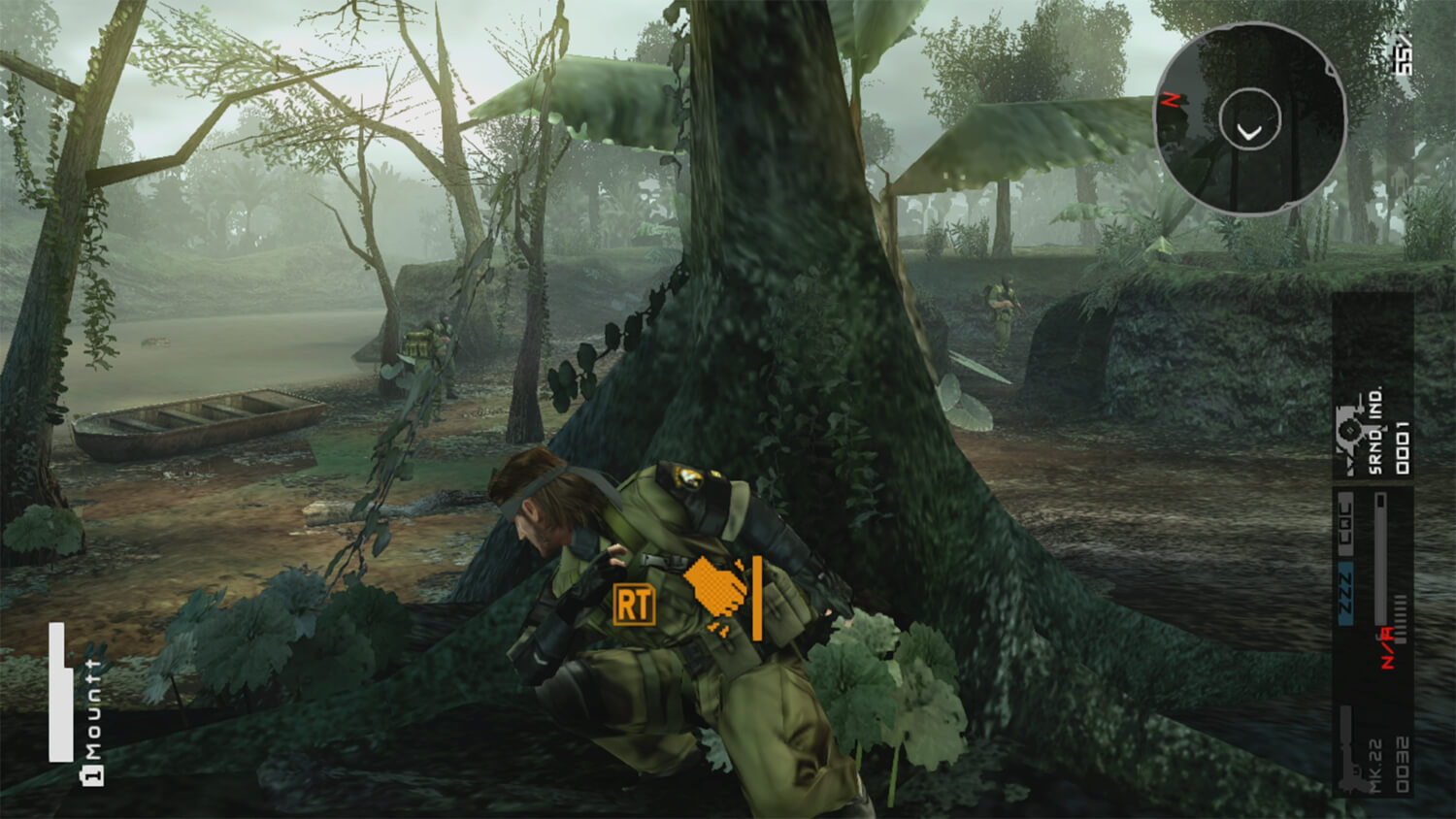
The camouflage index (top right of the screen) indicates how well you’re blending in with your surroundings.
While I find that enemies have relatively poor sight, you don’t want to look like a Christmas tree. Before each mission, you’ll be able to change clothes and select the ideal colors and patterns to match your surroundings and blend in better.

Build and grow your Mother Base
Story aside, the core of Peace Walker is the development of the Mother Base.

The Mother Base is the center of your operations. It is where Big Boss goes to rest in between missions (I’ll tell you about the mission model right after) and where his brothers-in-arms come to join the army.
As you hire more recruits, your base will grow in size.
If we count Metal Gear Solid: Portable Ops out, Peace Walker is the first MGS where you’re not putting up a fight alone.
To advance in Peace Walker, you need to recruit soldiers that you’ll then dispatch in between your Combat, R&D, Mess Hall, Medical, and Dispatch teams.
The more qualified the soldiers you recruit, the easier the game will become as you’ll develop better weapons, and better items and receive better ground support once on the field.
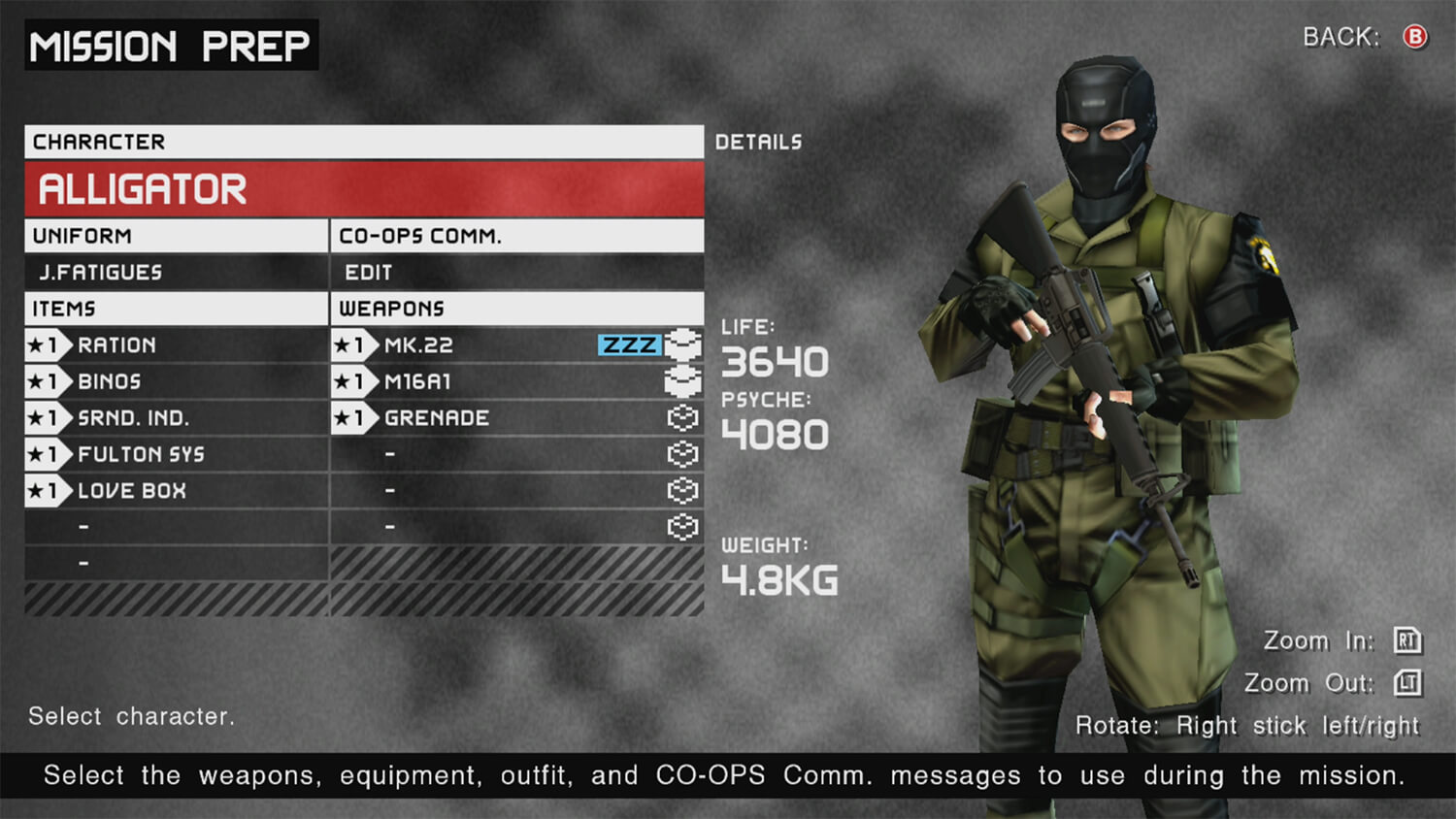
You can play with other soldiers and give Snake some rest. In fact, some side missions (or Extra Ops) will require you to play with recruits if and when Snake is not available.
Find the right balance.
Building an army isn’t just about recruiting soldiers. You also need engineers to develop your equipment, cooks to feed everyone, recon experts to support you when on the field, and knowledgeable doctors to lower the chance of epidemics spreading out and reduce recovery time for injured troops.

As you grow your army, you’ll have to make sure that you have enough resources, a.k.a. food, to keep your troops happy, motivated, and strong.
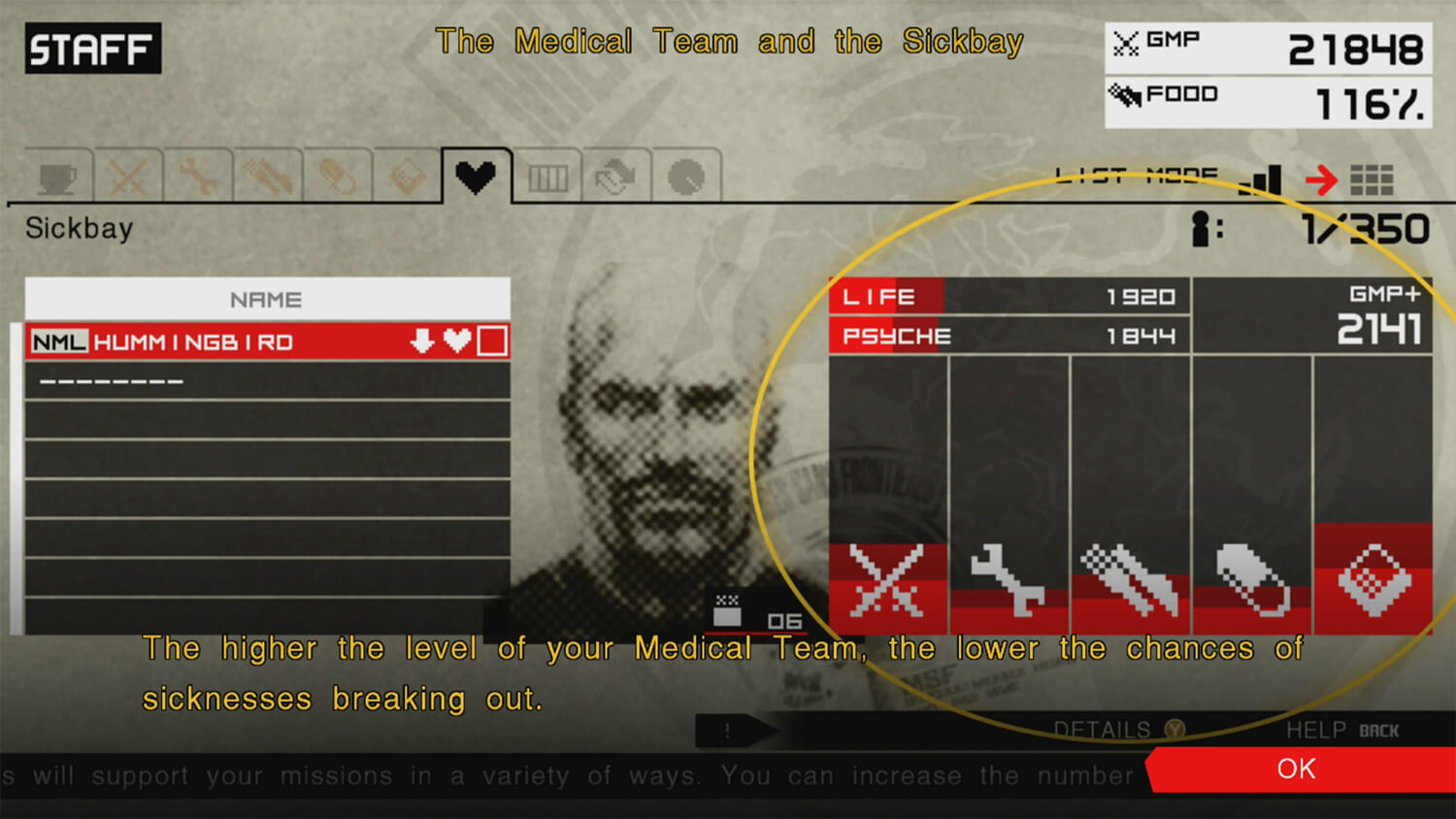
Send your soldiers to fight in Outer Ops.
Through Outer Ops, you can deploy custom units to fight in your place.
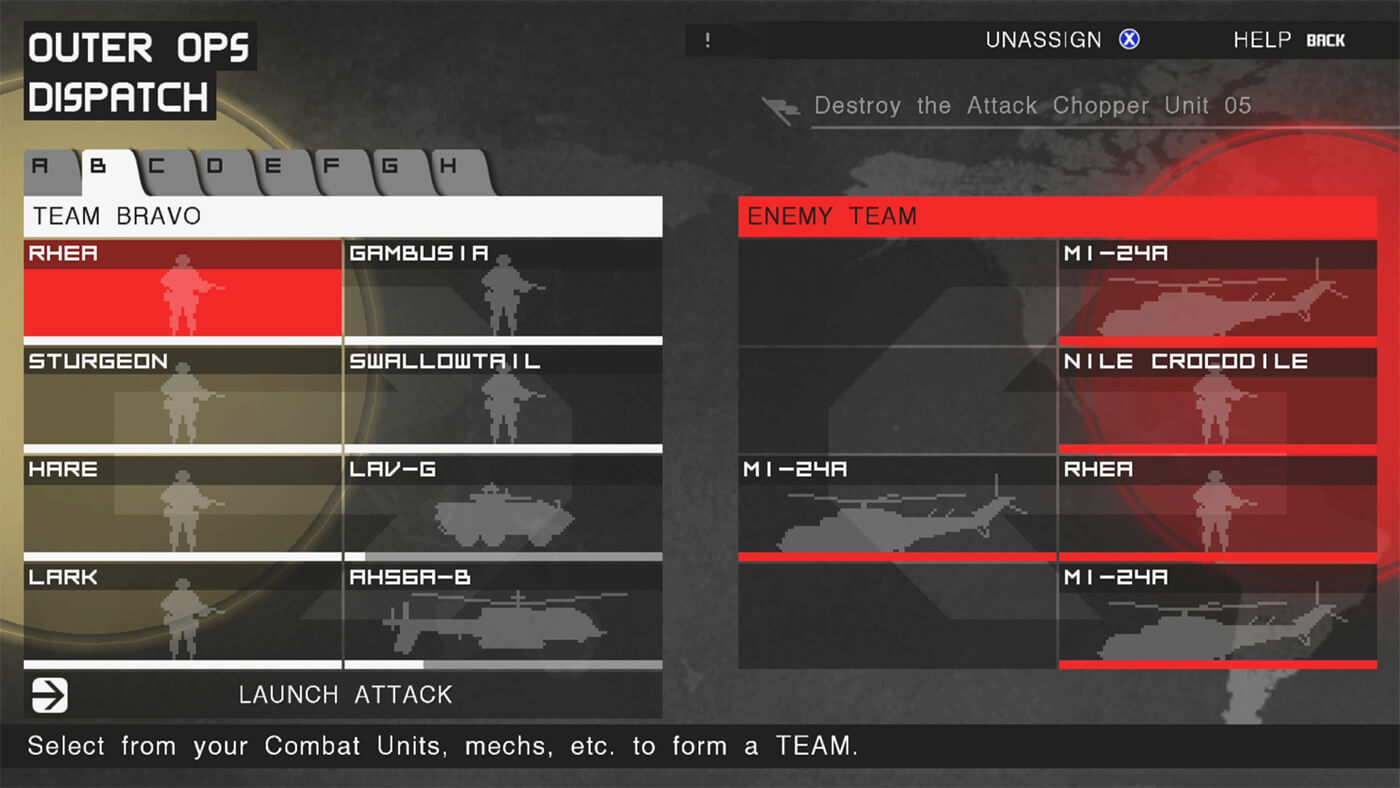
If they win the fight, soldiers will gain experience, bring GMP (money) back, recruits, and other rewards. If they lose the fight, they might come back injured… or not come back at all.
To increase your chances, you can utilize vehicles that you captured during missions and side ops to support them.

A solid story
Peace Walker takes place in 1974, or ten years after the events of Metal Gear Solid 3: Snake Eater. Snake/Big Boss is older, wiser, and found his purpose; build a safe harbor for fighters like him: MSF (Militaires Sans Frontieres).
After the short tutorial to familiarize the player with the controls (more on that later), Snake gets his hands on a tape suggesting that his mentor, The Boss, is alive and would be somewhere in Costa Rica.
The problem?
[MGS3 Spoiler Alert]
Snake killed The Boss in 1964. But, his adoration of his old mentor takes the best of him, and he decides to run after her – even though it could very well be a trap.
[/MGS3 Spoiler Alert]
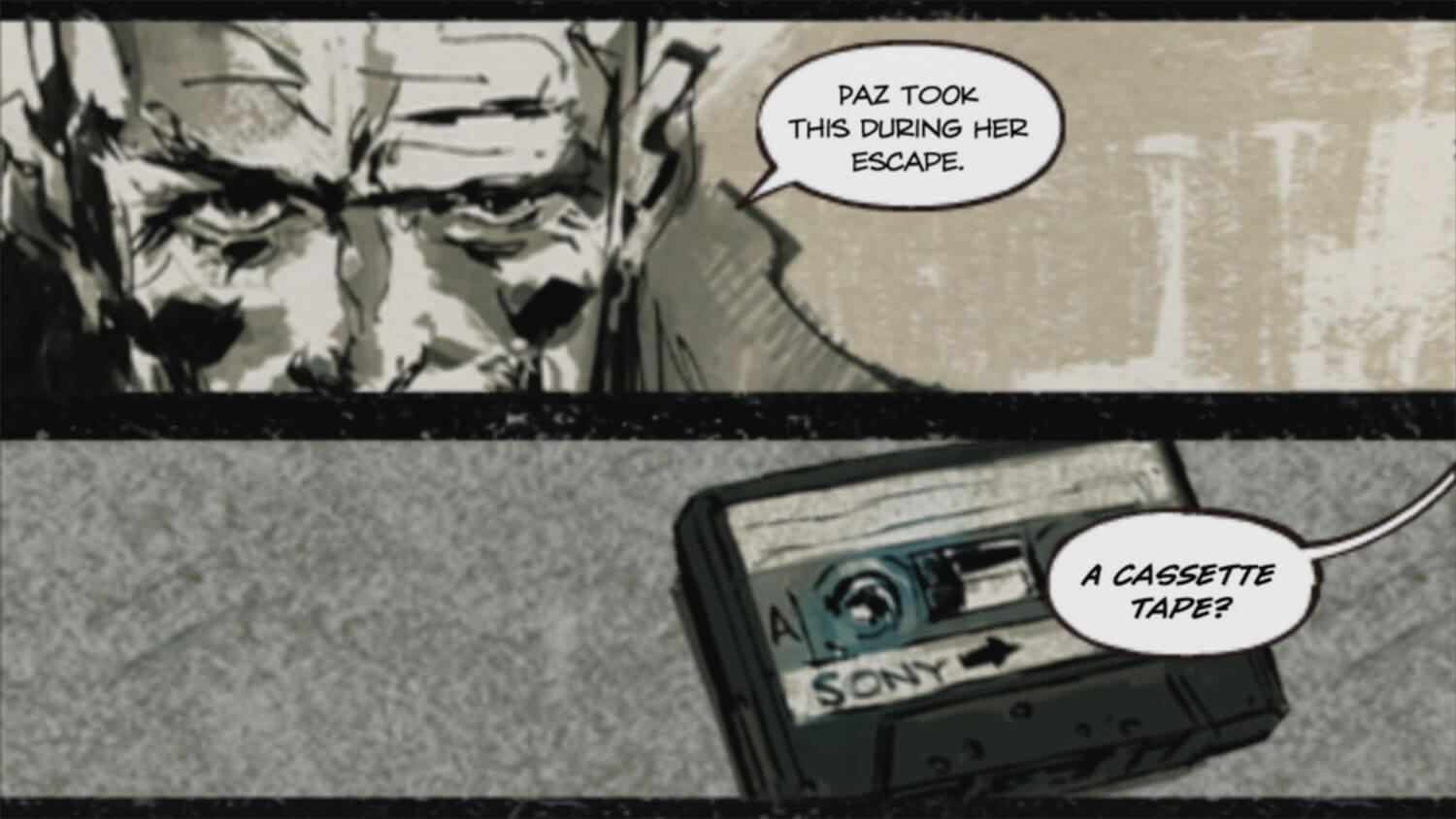
The intrigue begins with Snake chasing The Boss’s trail.
Nuclear deterrence
The main theme for this Metal Gear is nuclear deterrence and how the fear of retaliation from the other side kept Easter and Western civilizations from bombing each other during the Cold War.
But what if there was a way to bypass nuclear deterrence?
Without reaching the levels of Metal Gear Solid 3, which is, in my opinion, the greatest MGS to date, Peace Walker’s storyline doesn’t disappoint and provides a lot of information to fill in the many gaps between Snake Eater and Metal Gear Solid V.
One thing that will affect your immersion is the fact that PW is split into missions.
A mission-based progression
Thought as a handheld game, Peace Walker offers a puzzled progression built on a series of short 15 to 30-minute-long missions. It is a bit unusual at first, but you get used to it fast enough, especially if you’ve played Ground Zeroes and Phantom Pain before.
The game splits into 5 chapters, 33 main missions, and 128 side missions. And it should take you somewhere between 30 to 40 hours to beat.
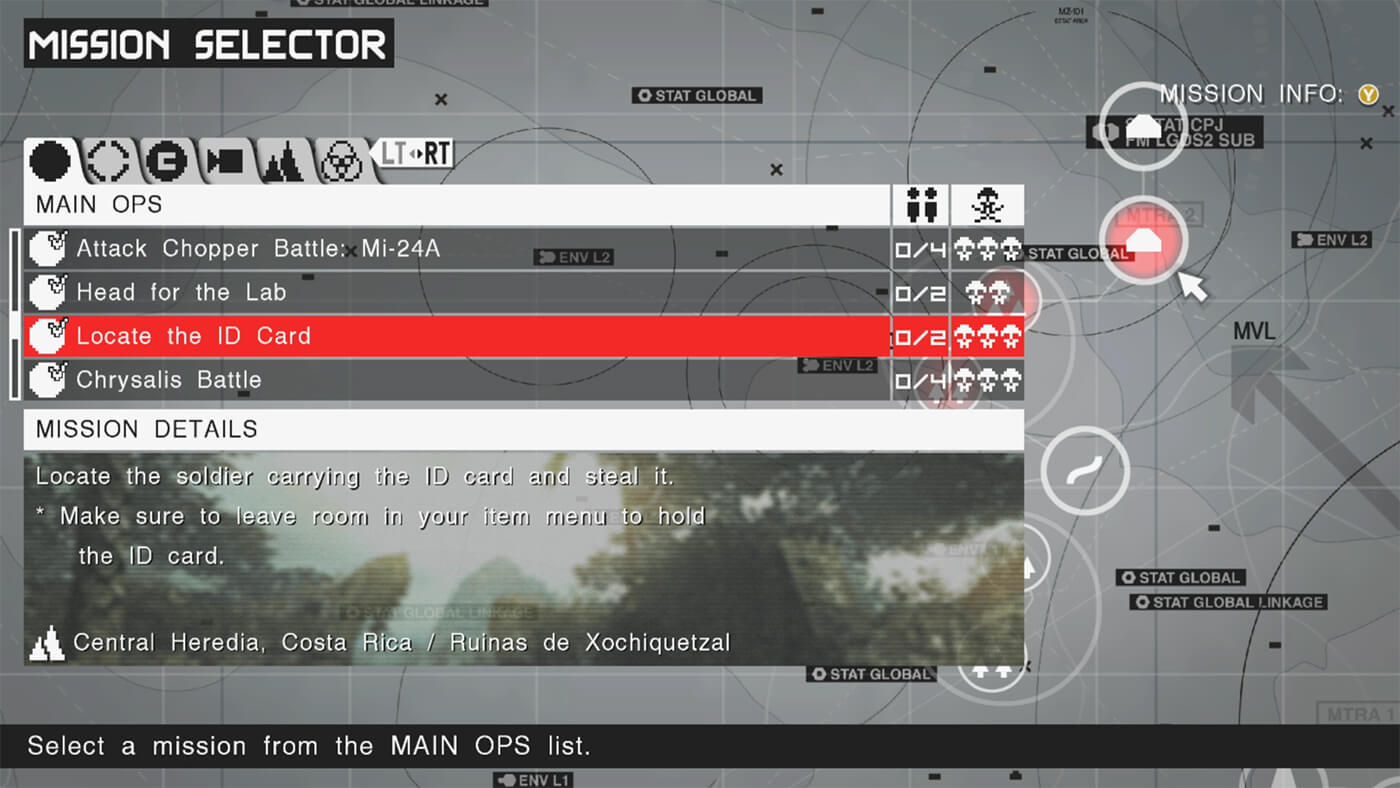
Skulls indicate mission difficulty on the right-hand side. 1 is easy, and 4 is difficult.
Before each mission, you can go through briefing files (and listen to the brief again if you’ve forgotten about it), arrange your equipment, and even select the character you want to control. Yep, in this Metal Gear, you can play as Naked Snake or as any other soldier that’s part of your MSF army.
Side missions are mostly about retrieving soldiers, saving prisoners, destroying or capturing vehicles such as tanks and helicopters, etc. Some extra missions are mandatory to advance the main storyline, but most are just here to help you build a stronger army.
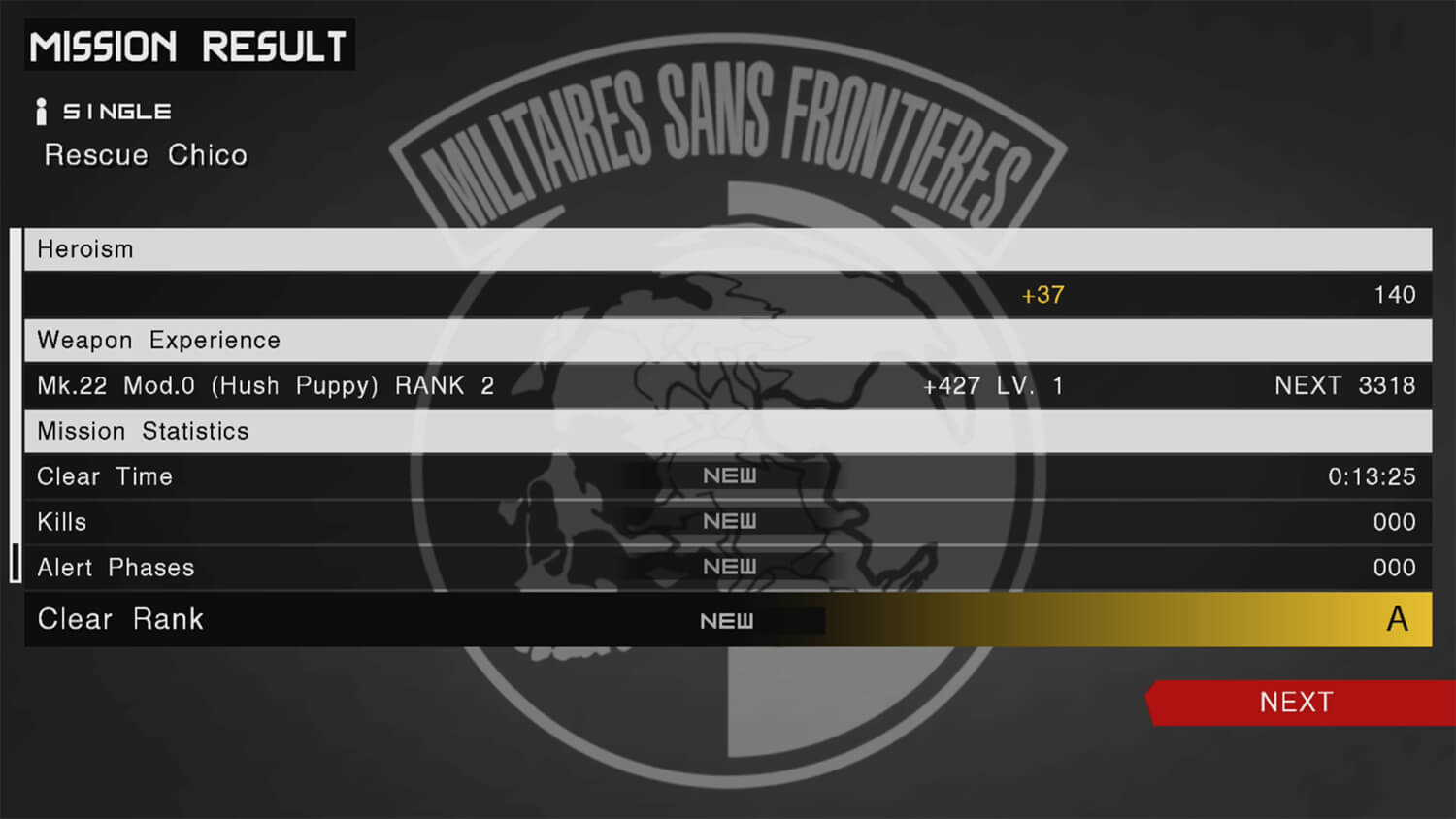
Once you complete a mission, you gain heroism and experience. Heroism makes MSF more attractive and, therefore, able to attract more qualified personnel. Experience allows you to develop soldiers’ skills and improve items and weapons.
—
The puzzled progression did affect how connected I felt to the game. As I was often navigating the menu and completing side quests between main missions to upgrade my equipment and grow my army, I found it very difficult to appreciate the story fully.
An arcade feel to it.
Peace Walker is a handheld title and has this arcade feel to it. Of course, Metal Gear is far from being a war simulation, but Peace Walker is most likely the most permissive MGS out there. It also has this handheld, easy-to-consume feel.
For instance, when a regular Metal Gear Solid game has roughly 7 to 8 bosses that you get to meet and learn a lot about, Peace Walker has a ton of boss fights during which you’ll have to get rid of tanks, helicopters, or other armored vehicles. Unique and charismatic bosses are one of the many reasons why I love Metal Gear games, and I didn’t enjoy having so many meaningless boss battles.
Another thing that I found odd is the ability to Fulton extract soldiers while indoors. In MGS5, the Fulton balloon automatically pops if there’s a roof on top of it – unless you purchase the wormhole upgrade that’s later available in the game.
A game thought both for solo and Multiplayer gaming
What makes Peace Walker unique is its multiplayer dimension. You can play the game from start to finish with up to 3 other players.
In fact, you’ll often need another player’s help to reach hidden places — primarily to retrieve unique camouflage, and weapons, or reach prisoners to free.
While this is clearly not the way I like to play Metal Gear Solid, I have to admit that Kojima’s team really put together a relevant multiplayer experience without affecting the solo. At the end of the day, MGS: PW is as enjoyable alone and/or with friends.
In reality, unless you have friends to play with, you’ll have to enjoy PW on your own. I tried joining and creating lobbies, both on PS3, PS Vita, and Xbox 360, and never matched with other players.
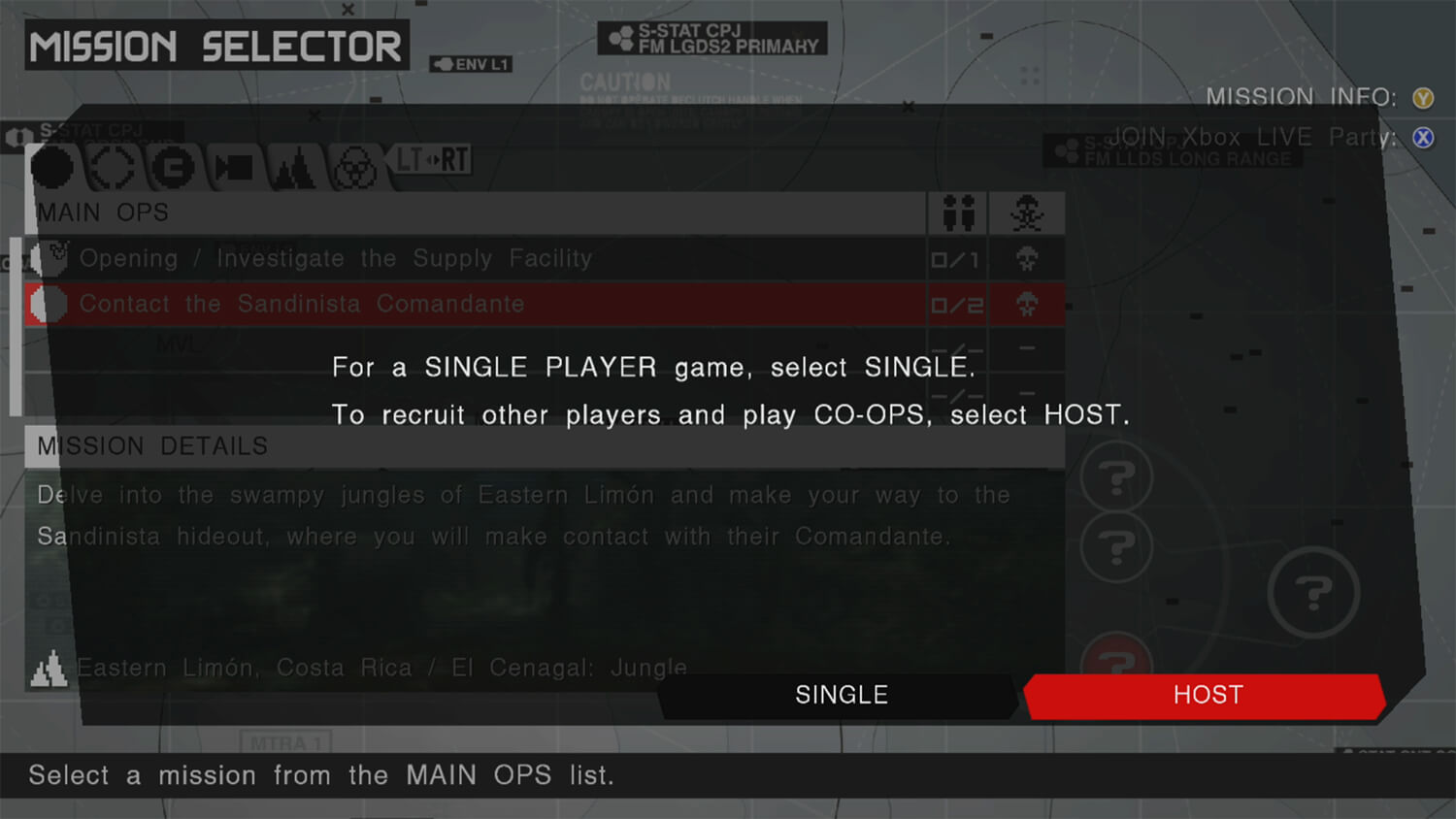

The online servers of Peace Walker are deserted now, so I voluntarily ignored some of the online features, such as recruit exchange or Versus Ops.
Verdict: good buy, or goodbye?
Overall, Metal Gear Solid: Peace Walker is an exceptional surprise.
I wasn’t expecting a PSP title to be so complete.
Let me rephrase that. I didn’t expect to play a real Metal Gear Solid when starting Peace Walker, especially after playing the Portable Ops games, which somehow contributed to making Peace Walker and MGS5 what they are, introducing the recruiting process.
So, if you own a PSP system, a PS Vita, an Xbox 360, or a PS3, Peace Walker is a great catch!



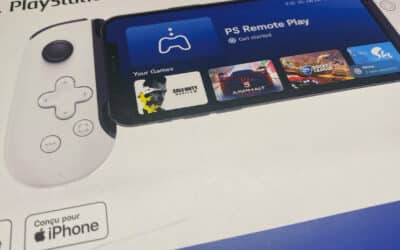
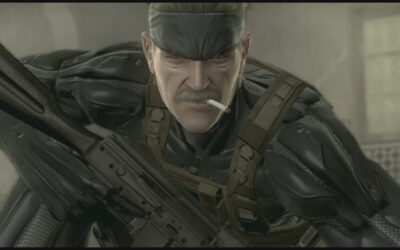

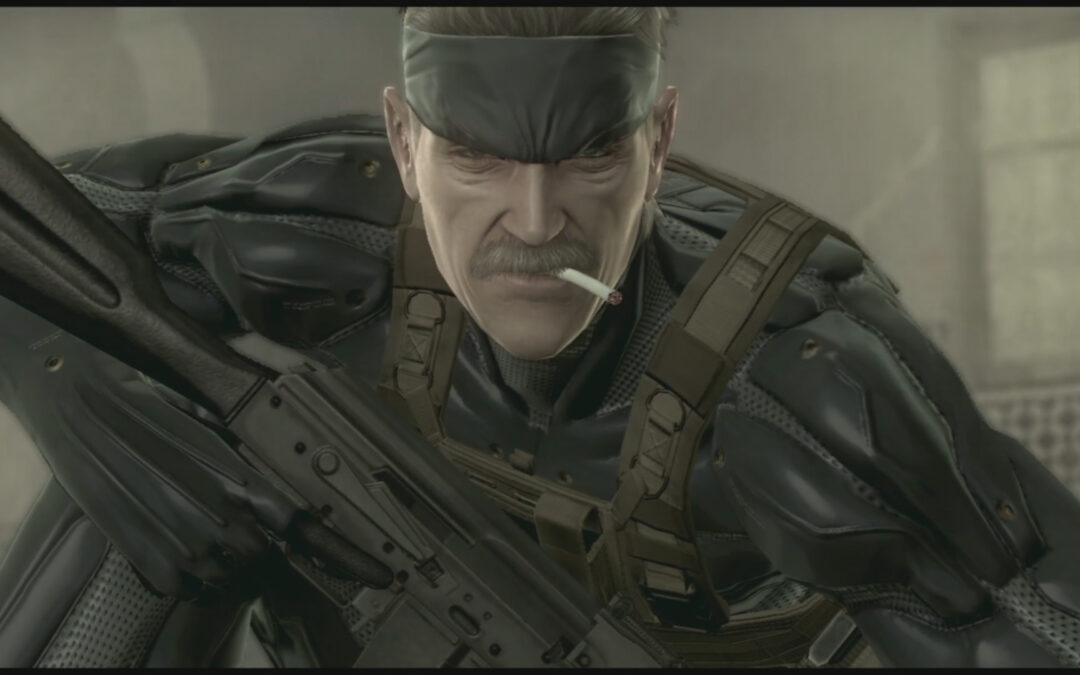
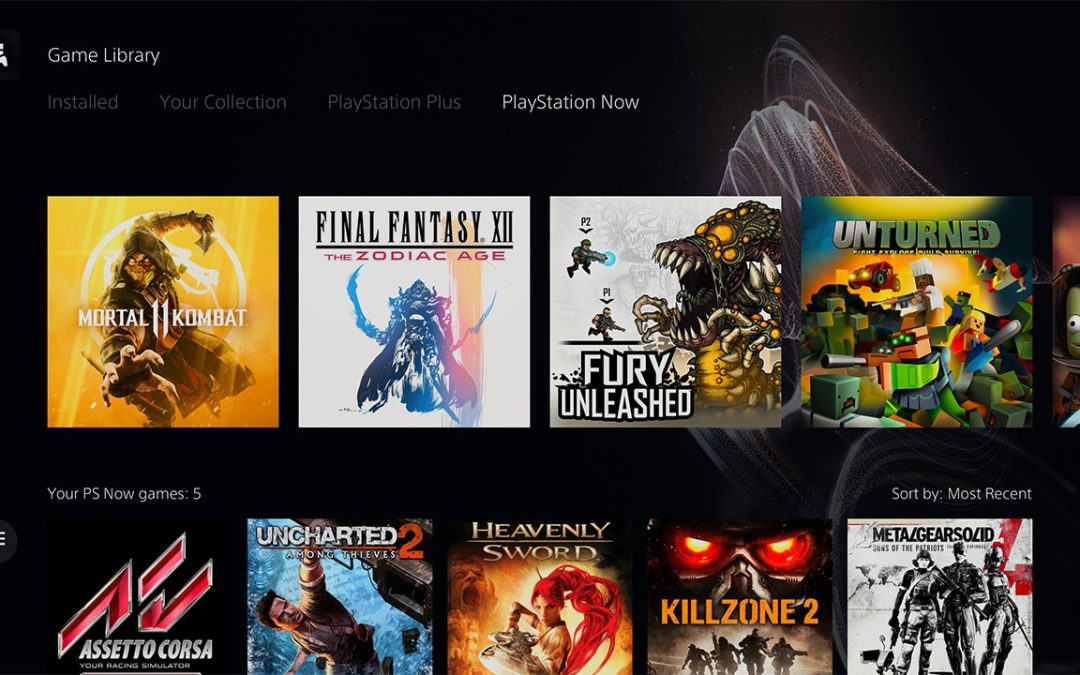
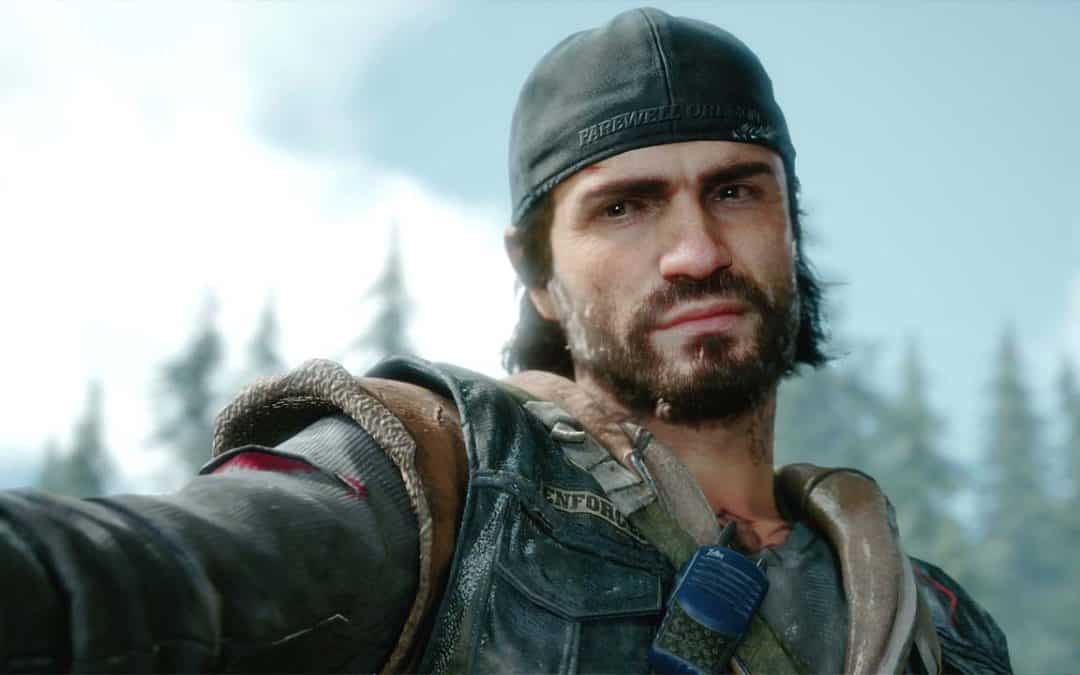

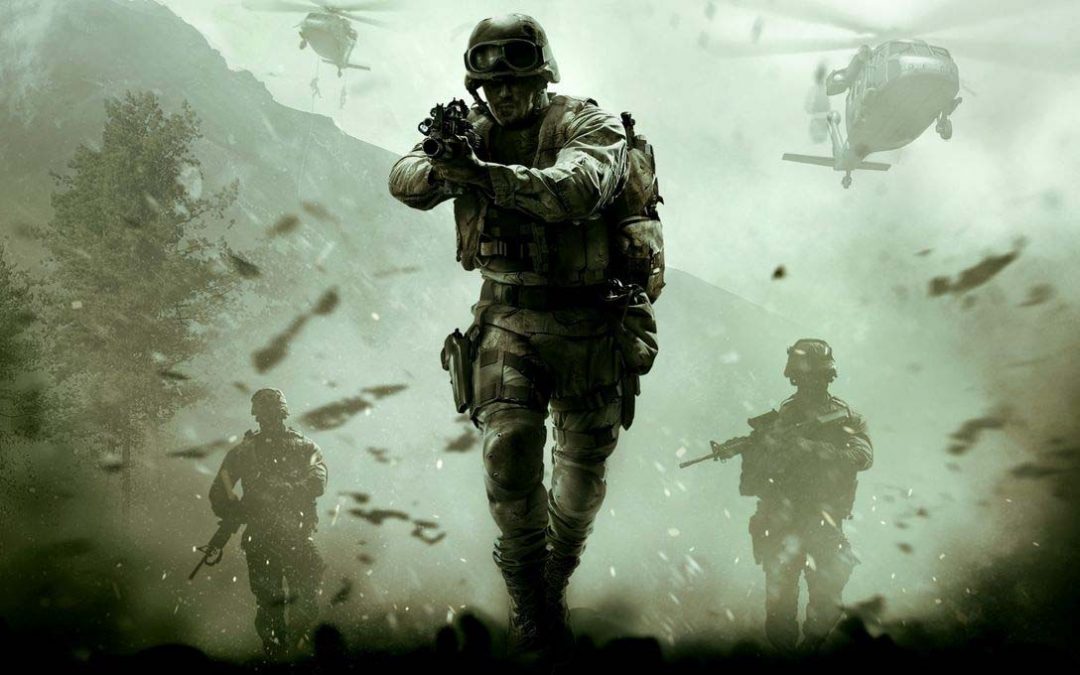
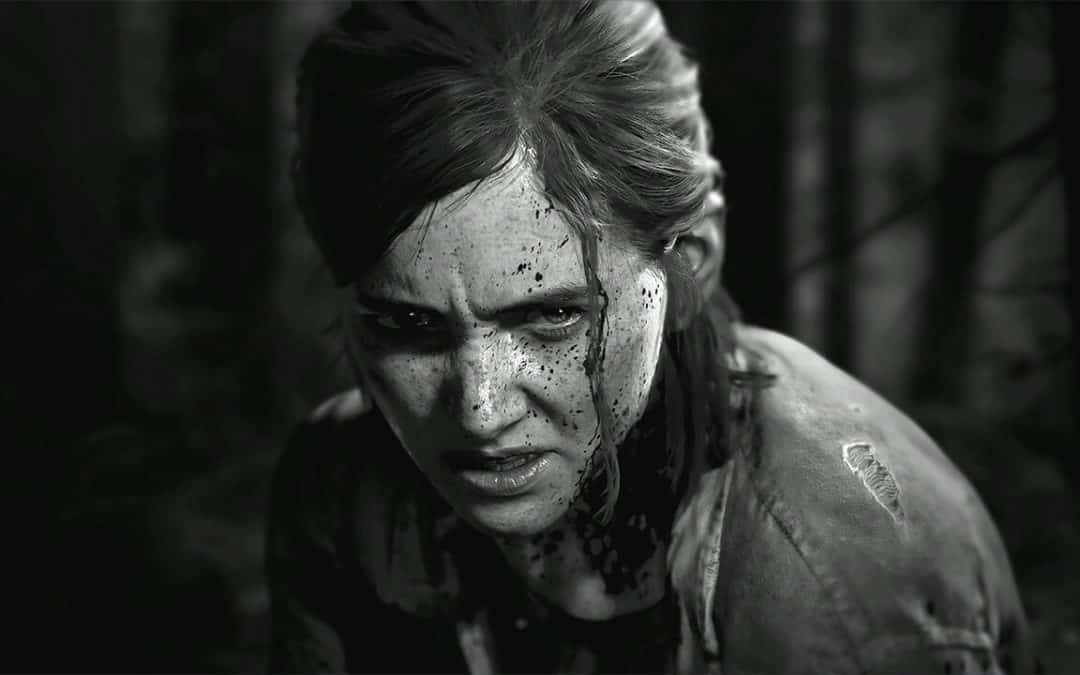
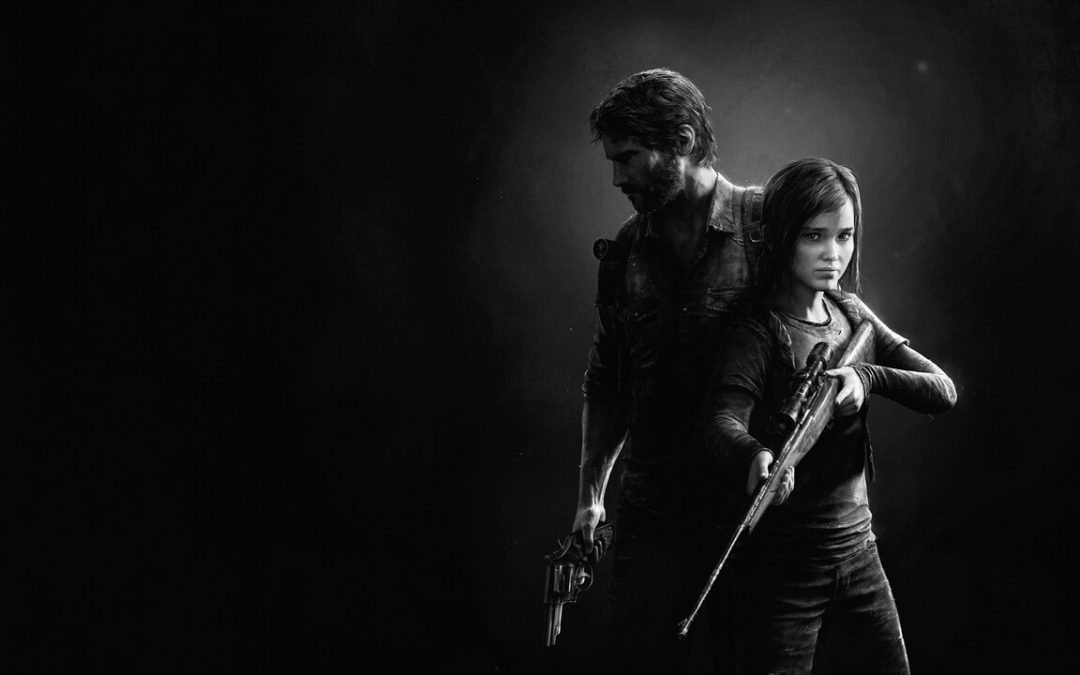

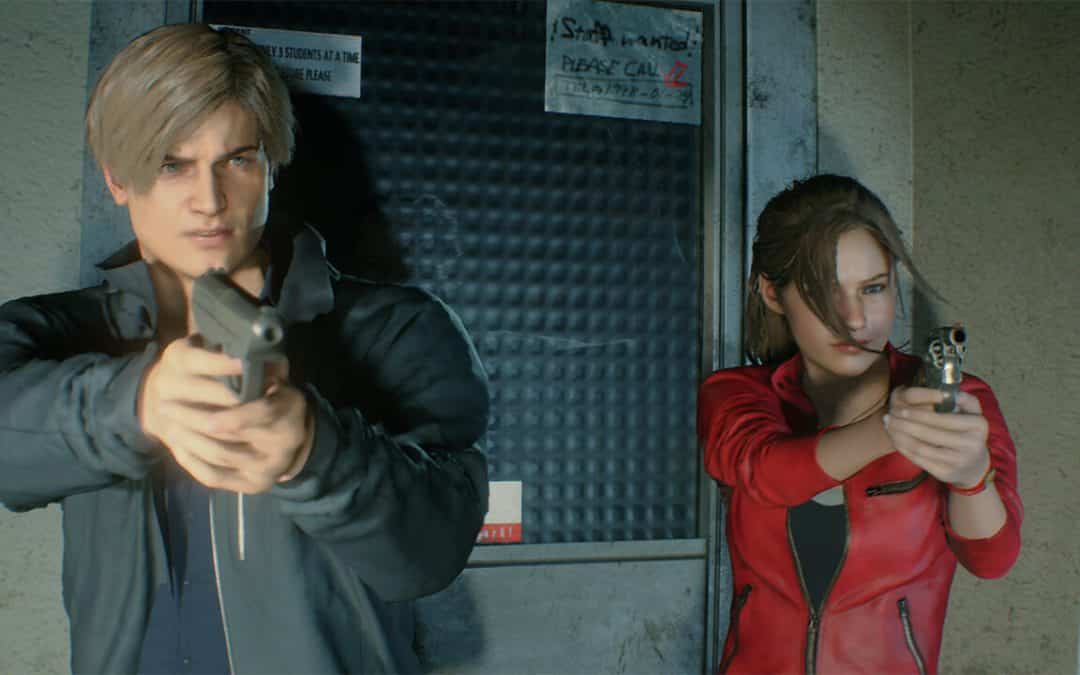
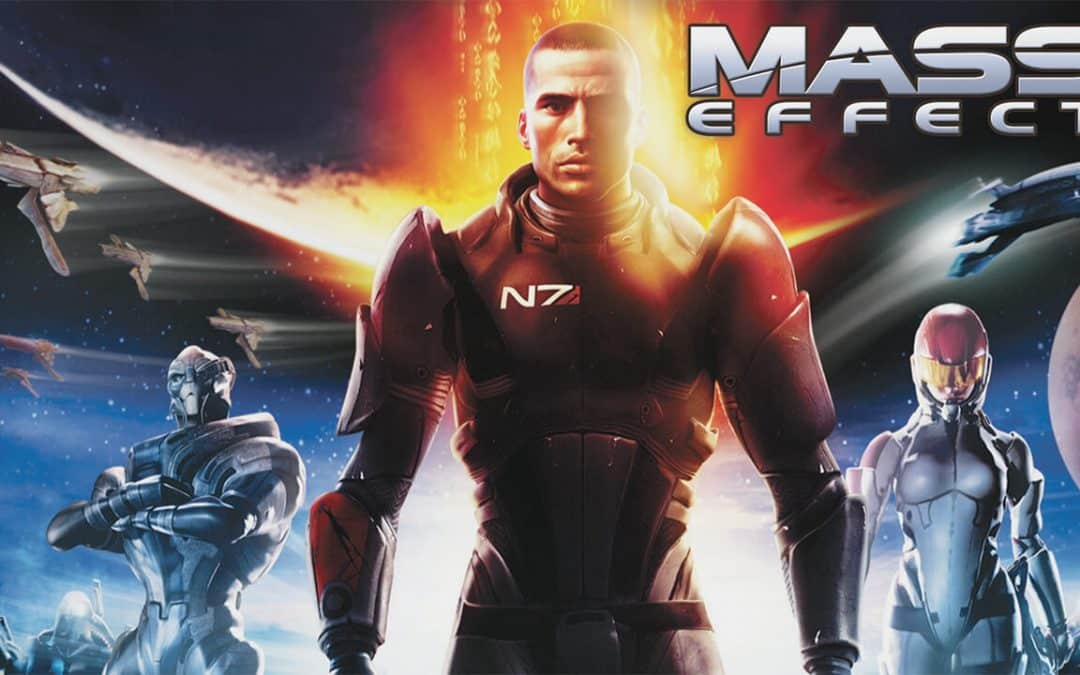
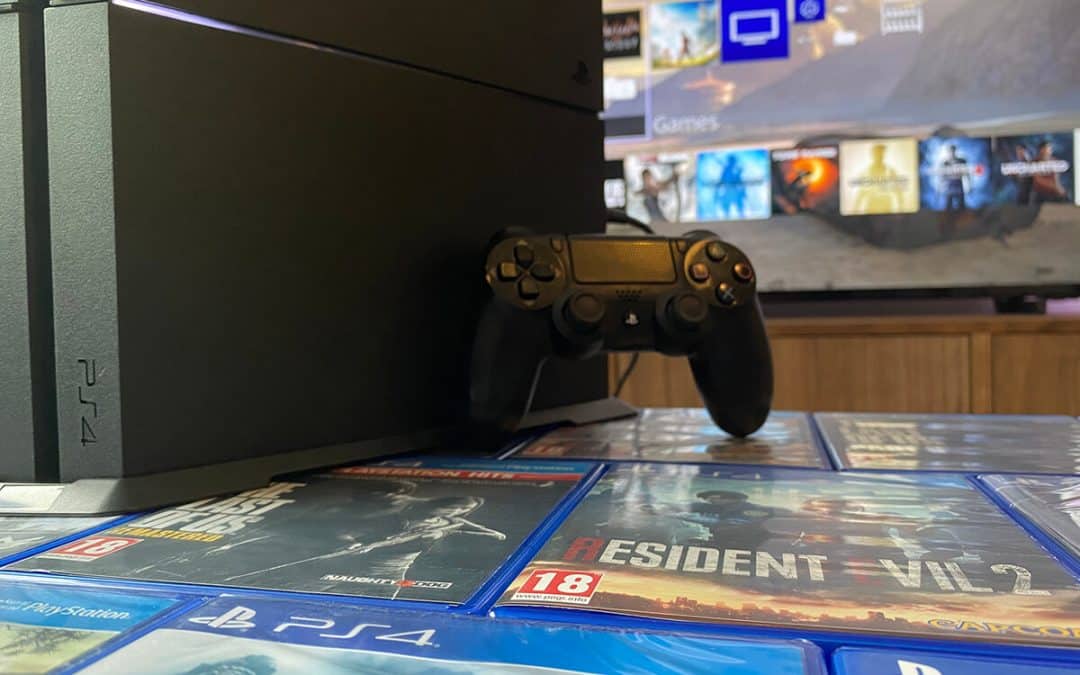

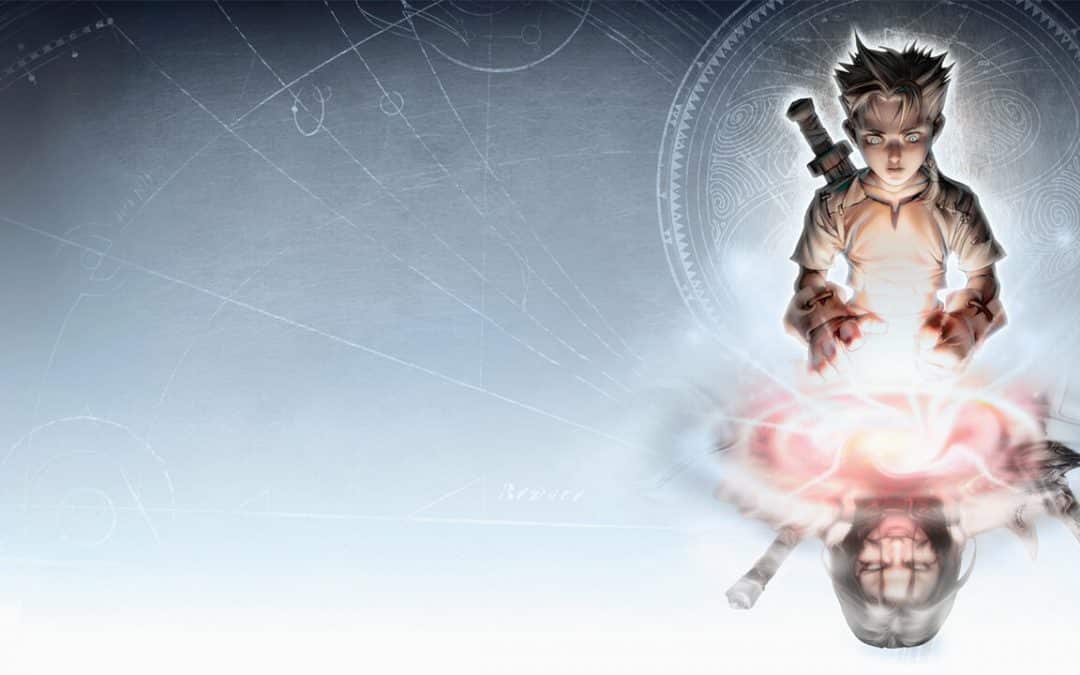

Due to the 2011 Tōhoku earthquake and tsunami, the official servers that host the additional content and NetVocaloid services were taken offline in order to conserve power.[40] They eventually returned online. However, the NetVocaloid services was discontinued on February 28, 2012, while the rest of the downloadable content was discontinued on September 30, 2013. The DLC for the PSP version have since been preserved through third-party websites. From Wikipedia.